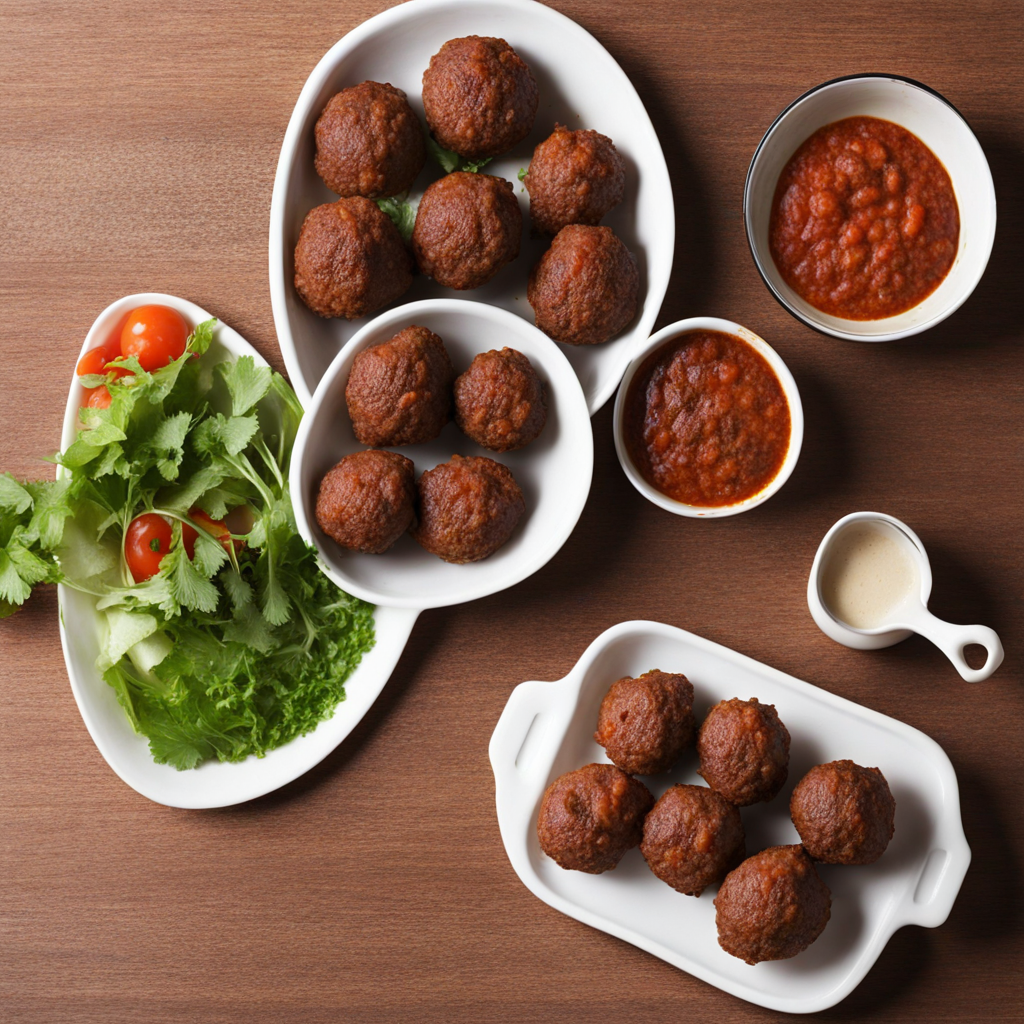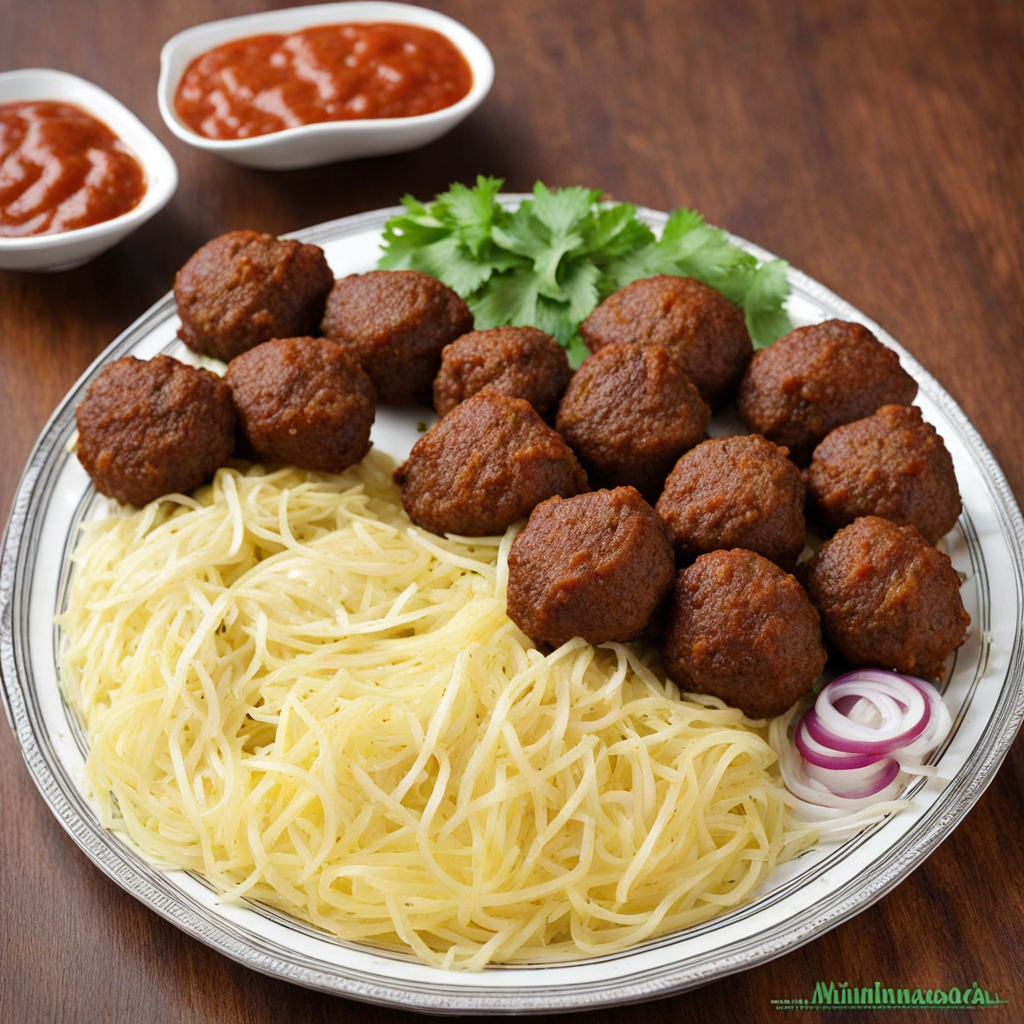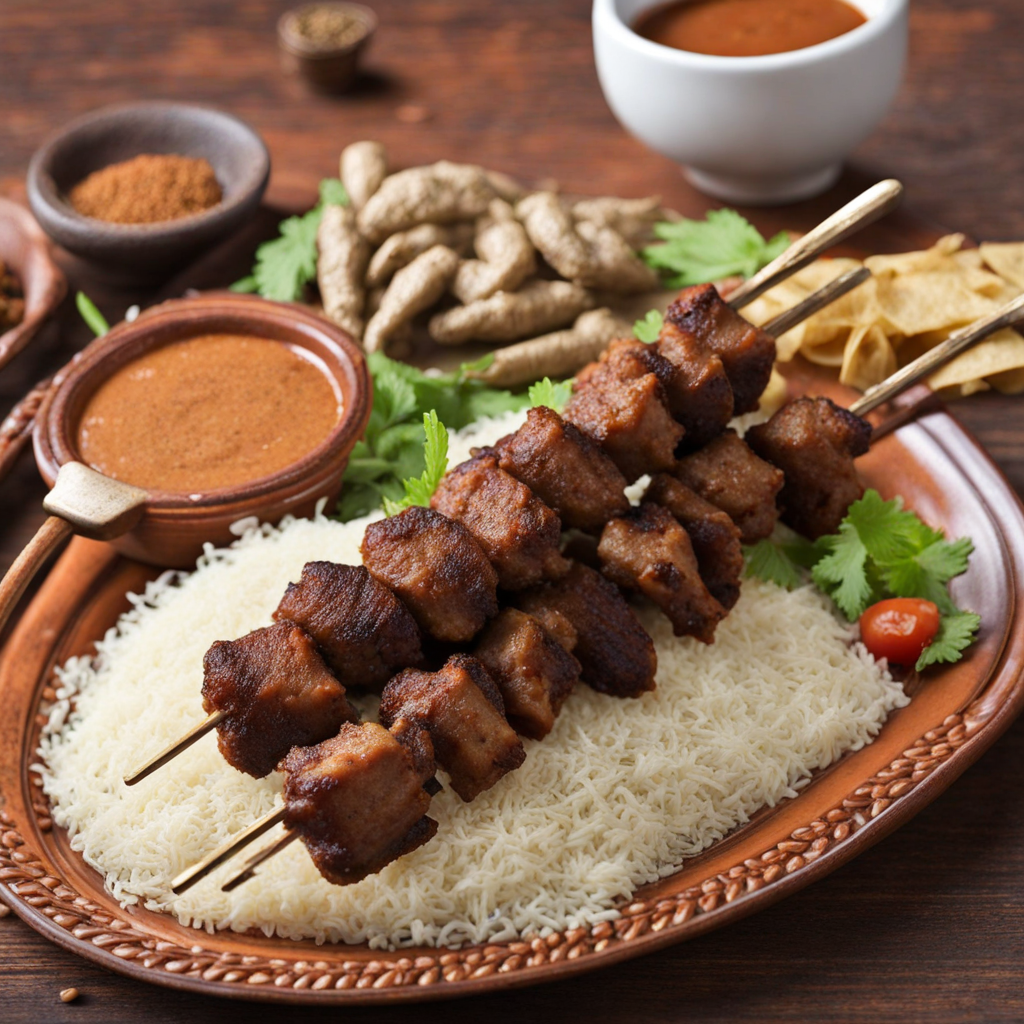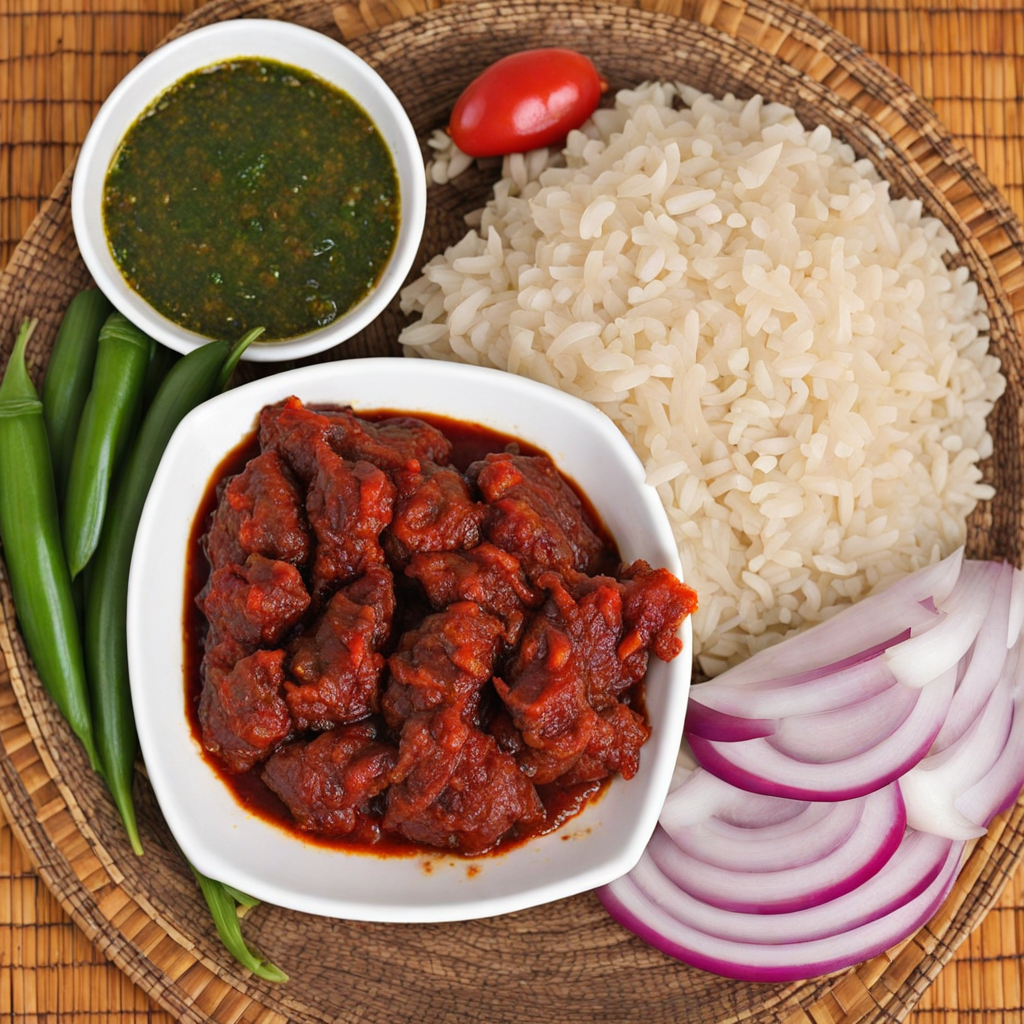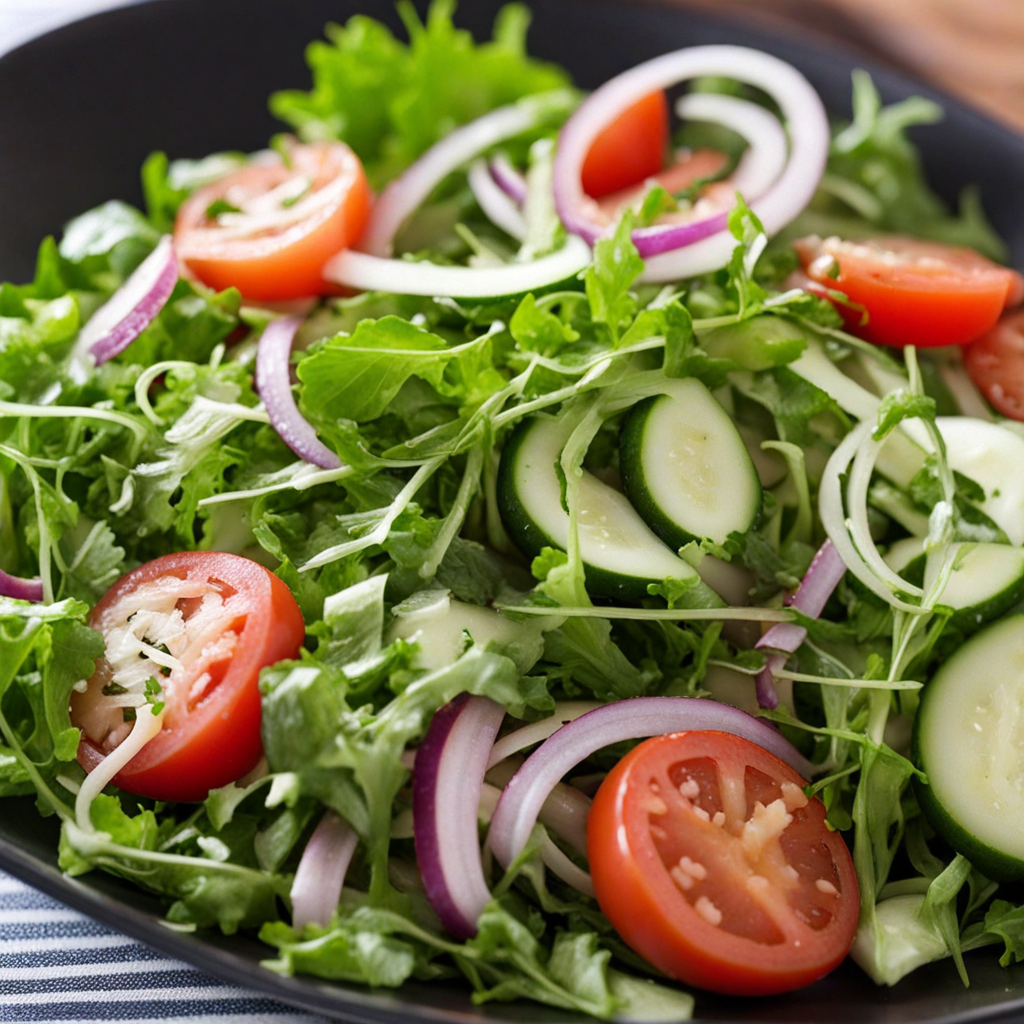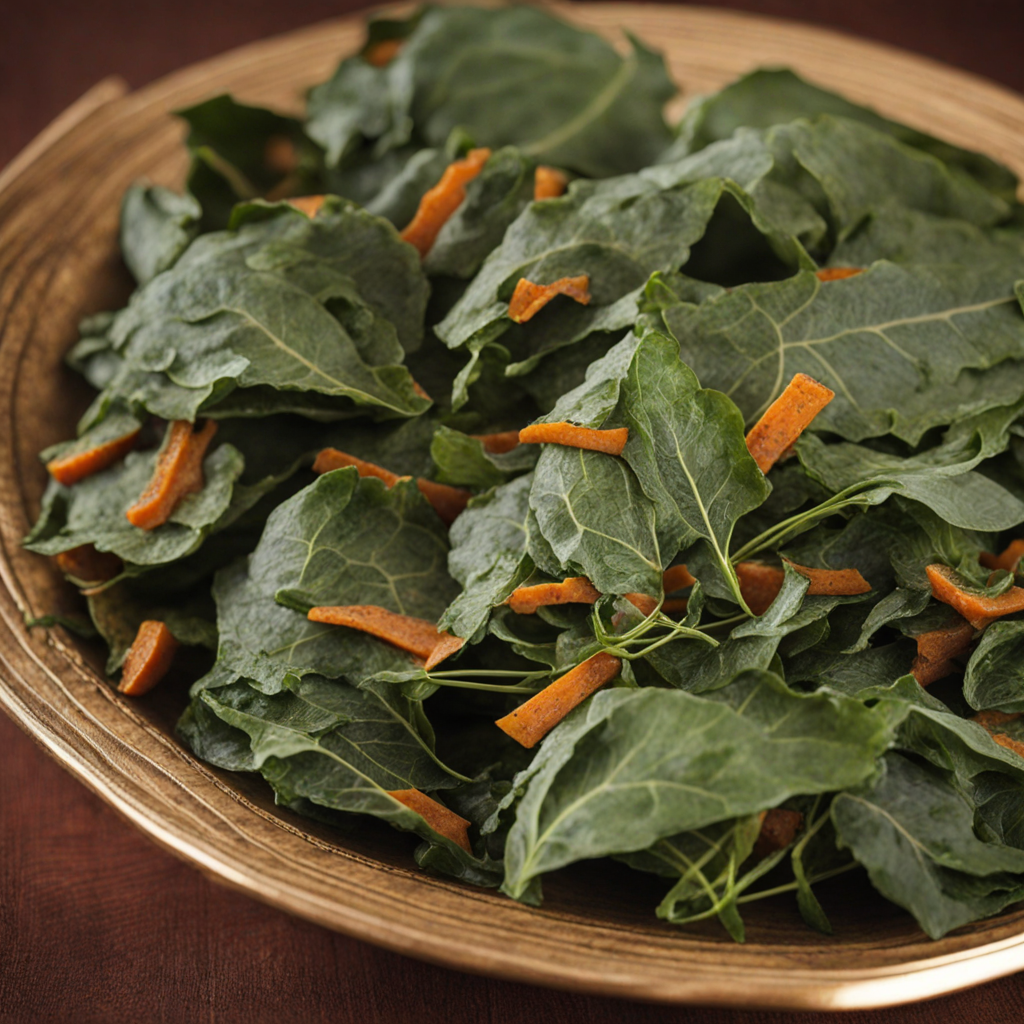Kofta
Kofta, a beloved dish in Sudan, embodies a rich blend of flavors and spices that reflect the country’s diverse culinary heritage. Made primarily from minced meat—often lamb or beef—Kofta is seasoned with an aromatic mix of spices including cumin, coriander, and garlic, giving it a unique and savory profile. The meat is shaped into elongated patties or cylindrical forms, which are then grilled or baked to create a satisfying and slightly charred exterior while maintaining a juicy interior. This preparation results in a dish that is both hearty and satisfying, perfect for sharing with family and friends.
How It Became This Dish
The History of كفتة (Kofta) in Sudan #### Origins Kofta, a dish characterized by spiced minced meat, has ancient roots that stretch across various cultures and regions, but its specific incarnation in Sudan carries unique flavors and cultural significance. The word "kofta" is derived from the Persian word "kufta," which means "to grind" or "to crush," referring to the process of preparing the meat. While the concept of minced meat shaped into patties or skewers can be traced back to the Middle East and the Mediterranean, Sudan's version of kofta has developed its own identity, influenced by a confluence of geographical, historical, and social factors. Sudan's kofta is typically made from ground beef, lamb, or a mixture of meats, seasoned with a blend of spices that may include cumin, coriander, garlic, and onion. The use of these spices reflects the country's rich agricultural landscape and the influence of trade routes that have allowed for the exchange of culinary practices. The country's diverse ethnic groups, including Arabs, Nubians, and various African tribes, have contributed their unique flavors and cooking techniques, making kofta a versatile dish that is celebrated across different communities. #### Cultural Significance Kofta is more than just a meal in Sudan; it represents a communal experience and a symbol of hospitality. Traditionally, it is served during special occasions such as weddings, feasts, and religious celebrations, where sharing food plays a crucial role in bonding families and communities. The preparation of kofta often involves family gatherings, where members come together to grind spices, mix meat, and form the patties or skewers. This collective effort not only enhances the flavors but also strengthens familial ties and cultural identity. In Sudanese culture, food serves as a medium for storytelling and preserving heritage. Kofta, with its rich history and multifaceted preparation methods, embodies the resilience and adaptability of Sudanese culinary traditions. The dish often accompanies staple foods such as kisra (a fermented flatbread made from sorghum) or rice, creating a balanced meal that reflects the agricultural practices of the region. #### Development Over Time As Sudan has navigated through its complex history, so too has its culinary landscape, including the evolution of kofta. The country’s strategic location at the crossroads of Africa and the Middle East has made it a melting pot of influences, from ancient Egypt to the Ottoman Empire and beyond. Each culture that has interacted with Sudan has left its mark, enriching the flavor profile and preparation methods of dishes like kofta. During the Ottoman period, the introduction of new spices and cooking techniques further refined the Sudanese kofta. The Ottoman influence brought with it a variety of spices that became integral to Sudanese cuisine, enhancing the aromatic qualities of the meat. Additionally, the Ottoman practice of grilling or roasting meats over open flames was embraced, leading to the popularization of grilled kofta, which remains a staple in contemporary Sudanese gatherings. With the arrival of colonialism in the 19th century, Sudan experienced significant socio-economic changes that impacted its culinary practices. As trade intensified and new ingredients became available, the kofta recipe began to evolve. The incorporation of local herbs and spices, such as the native Sudanese spice mix known as "bzar," added complexity and depth to the dish. This adaptation underscores the resilience of Sudanese cuisine, where traditional dishes are continuously evolving while retaining their core identity. In recent decades, Sudan has faced various challenges, including conflict and economic instability. Yet, through these trials, kofta has remained a symbol of cultural unity and resilience. The dish has adapted to modern cooking practices and lifestyles, with urbanization leading to variations in preparation methods. While traditional kofta is still prepared in homes, street vendors and restaurants have popularized quicker and more accessible versions, allowing more people to enjoy this beloved dish. #### Contemporary Kofta Today, Sudanese kofta continues to thrive as a celebrated dish, both within the country and in the diaspora. As Sudanese communities spread across the globe, they bring with them their culinary traditions, including kofta. This migration has led to the fusion of Sudanese kofta with other culinary practices, creating innovative versions that reflect the multicultural environments in which these communities reside. In Sudan, kofta is often served with a side of tangy tomato sauce, spicy chili paste, or yogurt, enhancing its flavor and providing a delightful contrast to the richness of the meat. It is commonly enjoyed during family gatherings, festive occasions, or as a comfort food, reinforcing its role as a communal dish that brings people together. Moreover, with the rise of social media and food blogging, Sudanese cuisine, including kofta, is gaining recognition beyond its borders. Chefs and food enthusiasts are sharing recipes and stories, allowing a new generation to appreciate and explore Sudanese flavors. This renewed interest in traditional dishes is helping to preserve culinary heritage while also fostering innovation and creativity in the kitchen. #### Conclusion Kofta in Sudan is more than just a dish; it is a reflection of the country's rich history, cultural significance, and adaptability. From its ancient origins to its contemporary interpretations, kofta embodies the spirit of Sudan—a melting pot of traditions, flavors, and resilience. As Sudan continues to evolve, so too will its culinary landscape, with kofta standing as a testament to the enduring power of food to unite, celebrate, and nourish communities. Whether enjoyed at a festive gathering or as a comforting meal at home, Sudanese kofta remains a cherished part of the country's culinary heritage, bridging the past with the present and paving the way for future generations to savor and share.
You may like
Discover local flavors from Sudan


